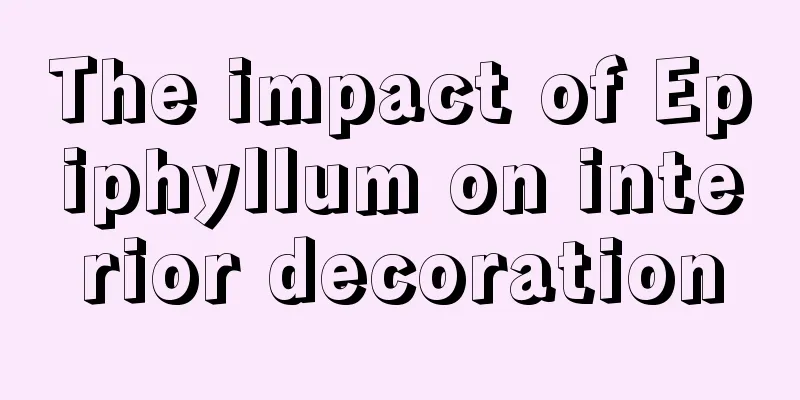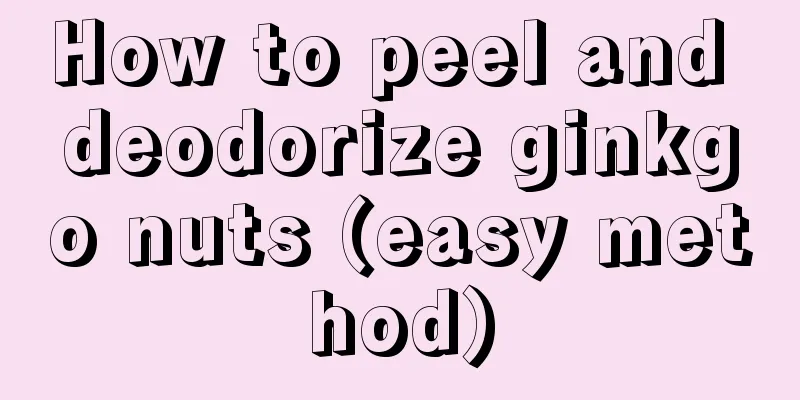How to fertilize and water camellia during its budding period (how to fertilize and manage camellia when it has buds)

1. Fertilization during flower bud differentiationIt takes several months for camellia to differentiate from flower buds to bloom. Flower buds begin to differentiate in early summer, May or June, and flowering does not begin until after October . Among them, the flower bud differentiation period, that is, fertilization in May and June is a very critical time, which is related to whether the camellia can successfully bud. May and June are the stages when vegetative growth and reproductive growth go hand in hand . Fertilization must ensure the balance of the three elements of nitrogen, phosphorus and potassium. Both chemical fertilizers and decomposed organic fertilizers can be used. For chemical fertilizer, use a balanced nitrogen, phosphorus and potassium fertilizer with a not too high concentration. The dilution ratio is 0.2-0.5%. For organic fertilizer, dilute it 10-20 times with cake fertilizer water and combine it with 0.2% potassium dihydrogen phosphate solution for foliar spraying. 2. Fertilization during the bud stageAfter the flower buds differentiate, the camellia buds grow slowly. After a summer of growth, they will open up in September and October in autumn. Fertilization during this period is mainly to promote the expansion of the flower buds. During this period, the main fertilizers used are phosphorus and potassium fertilizers. High-phosphorus and potassium fertilizers can be used with the same concentration of 0.2-0.5% as above. For organic fertilizer, it is recommended to use pigeon manure, chicken manure and other diluted fertilizer water with high phosphorus and potassium content, and fertilize once every half a month. Stop fertilizing after the flower buds show color. There is another important task at this stage, bud thinning. If there are too many camellia buds, it will affect the quality of flowering. Excessive buds should be thinned out, and generally one healthy bud is retained on each branch. 3. Fertilization during flowering periodCamellia blooms in winter and spring, and fertilization is generally not recommended during this period. If the buds do not open for a long time, excluding temperature, humidity and other reasons, you can spray potassium dihydrogen phosphate 1-2 times . A certain temperature and humidity must be maintained during the flowering period. If the temperature is too high, it will induce vegetative growth and affect flowering. If the temperature is too low, frost damage will occur. Generally, the average temperature during the flowering period is maintained at around 10 degrees. In addition, air humidity will also affect flowering. Dry air will cause the buds to become stiff and inflexible. The air humidity must be maintained at a certain level during the flowering period. |
>>: How to reproduce roses with a high survival rate (three common methods of reproducing roses)
Recommend
The meaning and symbolism of lotus
1. Meaning The lotus is our traditional famous fl...
How often should I water my Kylin palm?
How often should I water my Kylin palm? The water...
How to propagate Daphne
1. Layering method 1. The layering method can be ...
Can spider plants be placed in the bedroom at night? Will they compete with people for oxygen?
1. Can it be placed in the bedroom? Try not to pl...
Can succulents be exposed to the sun in summer?
Can I get some sun? In summer, it is very importa...
Love to grow flowers in spring
Lucky Bamboo Lucky bamboo is an evergreen upright...
What to do if the tiger plant grows too tall
Repotting When the snake plant is very small, the...
What should you pay attention to when growing climbing roses on the balcony
Farming space When planting climbing roses on the...
Potted roses prefer shade or sun
1. Like sunshine Potted roses like the sun, but t...
I gave the flower a cruel cut with the scissors, and it actually made it bloom wildly without turning yellow leaves!
Prune after flowering for reblooming 1. Most flow...
What are the benefits and effects of watering flowers with pepper water? It does not harm the flowers and can kill insects.
Benefits of watering flowers with pepper water Wa...
Can hibiscus be planted in the ground?
Can the small hibiscus be planted in the ground? ...
Growth environment conditions and characteristics of Thuja sutchuenensis
Growth environment conditions and requirements of...
Can trumpet creeper be hydroponically cultivated? Hydroponics rooting methods and precautions
Can trumpet creeper be hydroponically cultivated?...
How to grow tiger skin plant
1. Breeding environment 1. Soil: Tiger Piranha li...









